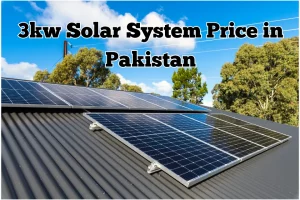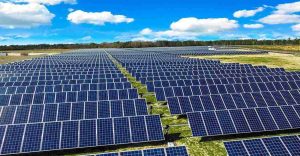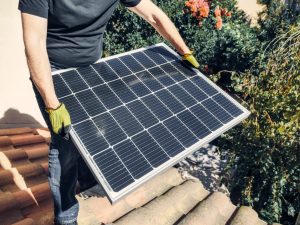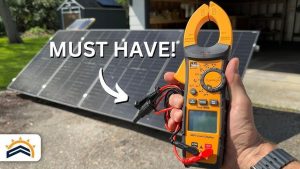Solar Farms Powering the Future with Sunlight
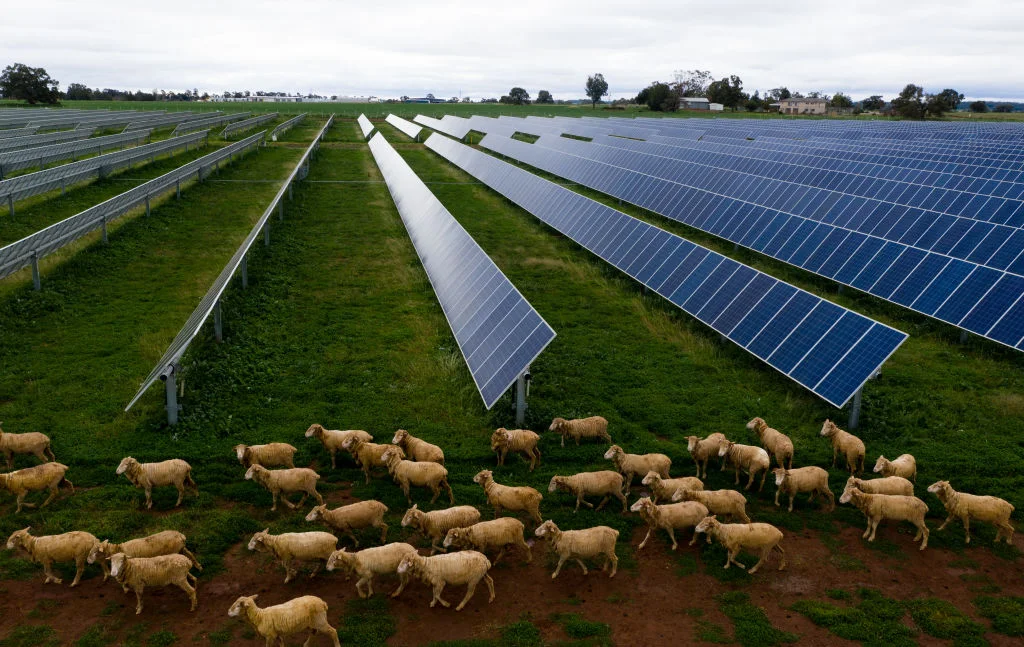
Solar Farms Powering the Future with Sunlight
Solar farms, also known as solar power plants, are large-scale solar power installations that harness the energy of the sun to generate electricity. These farms typically consist of thousands of solar panels arranged in arrays, covering vast areas of land.
How Solar Farms Work
- Sunlight Absorption: Solar panels, composed of photovoltaic (PV) cells, absorb sunlight.
- Energy Conversion: The PV cells convert sunlight into direct current (DC) electricity.
- Power Inversion: Inverters convert the DC electricity into alternating current (AC) electricity, which can be used to power homes, businesses, and the electrical grid.
- Energy Distribution: The generated electricity is then transmitted to the electrical grid through transmission lines.
Types of Solar Farms
- Utility-Scale Solar Farms: These large-scale solar farms are connected to the electric grid and can generate significant amounts of electricity.
- Community Solar Farms: These farms allow individuals and businesses to subscribe to a portion of the solar energy generated, even if they don’t have their own solar panels.
- Distributed Solar Farms: These smaller-scale solar farms are often located on rooftops or parking lots, providing power to specific buildings or communities.
Benefits of Solar Farms
- Clean and Renewable Energy: Solar energy is a clean and renewable energy source that produces no greenhouse gas emissions.
- Reduced Reliance on Fossil Fuels: By harnessing solar energy, we can reduce our dependence on fossil fuels and their associated environmental impacts.
- Job Creation: Solar farms create jobs in various sectors, including installation, maintenance, and manufacturing.
- Economic Benefits: Solar farms can boost local economies by generating revenue through property taxes and job creation.
- Land Use Flexibility: Solar farms can be built on various types of land, including barren land, rooftops, and water bodies.
Challenges and Considerations
- Initial Cost: The initial cost of building a solar farm can be significant.
- Land Use: Large-scale solar farms require significant land area.
- Weather Dependence: Solar energy generation is dependent on sunlight, so cloudy or rainy weather can reduce energy output.
- Grid Integration: Integrating large-scale solar farms into the existing electrical grid can pose challenges.
The Future of Solar Farms
As technology continues to advance, solar farms are becoming more efficient and cost-effective. With ongoing research and development, we can expect to see further innovations in solar technology, making solar energy a more dominant player in the global energy mix. By embracing solar farms, we can contribute to a cleaner, greener future and reduce our reliance on fossil fuels.
Would you like to know more about specific aspects of solar farms, such as their environmental impact, economic benefits, or future trends?
